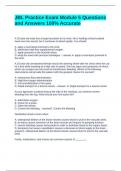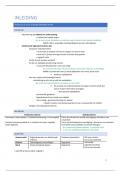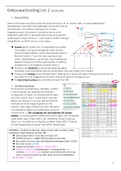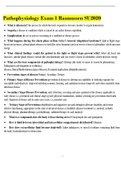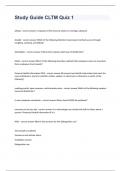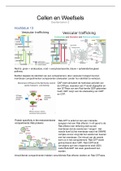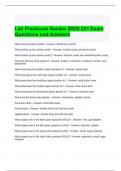Exam (elaborations)
JBL Practice Exam Module 5 Questions and Answers 100- Accurate
- Course
- Institution
JBL Practice Exam Module 5 Questions and Answers 100- Accurate A 20-year-old male has a large laceration to his wrist. He is holding a blood-soaked towel over the wound, but it continues to bleed rapidly. You should: A. apply a tourniquet proximal to the wrist. B. administer high-flow suppleme...
[Show more]
